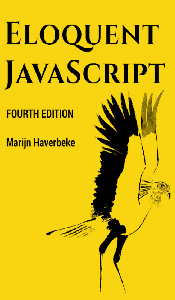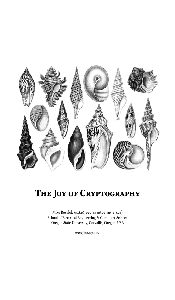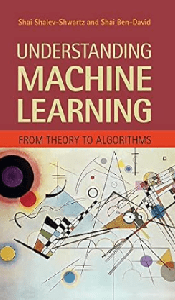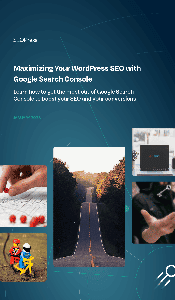Designed specifically for programmers, A Programmer’s Guide to Data Mining offers a practical introduction to essential data mining techniques. Through interactive exercises and clear explanations, you’ll gain the skills to leverage data for real-world applications.
Recommended for: Programmers who want to expand their skillset and delve into the world of data mining. Whether you’re looking to build recommendation engines, analyze customer behavior, or uncover hidden patterns in datasets, this book provides the foundational knowledge and practical tools to get you started.
You will:
- Grasp Foundational Data Mining Concepts
- Master Data Mining with Hands-on Python Exercises
- Explore Practical Applications of Data Mining
- Develop Skills to Build Real-World Tools
- Gain a Solid Understanding of the Math Behind the Magic
Detailed Overview
A Programmer’s Guide to Data Mining takes a structured approach to equip programmers with the necessary skills and knowledge for effective data mining. Here’s a breakdown of the key learning phases:
1. Building a Strong Foundation:
The book starts with establishing a solid understanding of fundamental data mining concepts. This includes a clear explanation of:
- Distances in Data Mining: Readers learn about various distance metrics used to measure the similarity or dissimilarity between data points. Understanding distances is crucial for tasks like classification and clustering.
- Correlations in Data Mining: Exploring how to measure the strength and direction of the linear relationship between two variables is vital for identifying potential patterns and dependencies within datasets.
- Cross-Validation Techniques: This section delves into methods for evaluating the effectiveness of data mining models to ensure they generalize well to unseen data.
- Supervised vs. Unsupervised Learning Methods: A clear distinction is drawn between supervised learning,where models are trained on labeled data, and unsupervised learning, which deals with unlabeled data and focuses on uncovering hidden structures.
This step-by-step approach ensures that readers have a strong conceptual foundation before diving into the practical applications of data mining techniques.
2. Hands-on Learning with Python:
The core of the book lies in its interactive coding exercises in Python. These exercises provide a practical and engaging way to learn by doing. Readers can experiment with various data mining techniques on real-world datasets, solidifying their understanding through practical application. This section might cover aspects like:
- Setting Up the Python Environment and Necessary Libraries
- Implementing Distance Metrics and Correlation Calculations in Code
- Building and Evaluating Supervised Learning Models (e.g., Classification) with Python
- Applying Unsupervised Learning Techniques (e.g., Clustering) through Python Code
3. Exploring Diverse Techniques:
The book equips readers with a comprehensive understanding of a range of data mining techniques:
- Building Recommendation Systems with Python: Learn how to design systems that recommend relevant items to users based on their past behavior or preferences. This section might cover collaborative filtering techniques and matrix factorization approaches.
- Data Filtering Techniques for Focused Analysis: Discover methods for identifying and removing irrelevant or noisy data from your analysis, ensuring you focus on the most valuable information for accurate results.
- Classification Algorithms in Data Mining: Explore powerful methods for categorizing data points based on existing information. This section might delve into decision trees, support vector machines, and more.
- Understanding Naive Bayes Classification: Gain insights into a powerful probabilistic method for classification tasks, exploring its underlying principles and practical applications.
- Clustering Algorithms: Hierarchical & K-Means Clustering: Delve into techniques for grouping similar data points together. The book provides worked examples demonstrating how to use hierarchical and k-means clustering algorithms, potentially including applications for image or document clustering.
- Evaluation Methods: Understanding how to evaluate the effectiveness of your data mining models is crucial.The book explores various evaluation methods and their significance, allowing readers to assess the performance of their models and identify areas for improvement.
4. Intuitive Learning Through Practical Application:
By combining clear explanations with hands-on Python exercises, the book fosters an intuitive grasp of the underlying mathematical concepts behind data mining techniques. Readers don’t just learn how to apply techniques; they gain a deeper understanding of the “why” behind them. This approach equips them with the knowledge to not only leverage data mining effectively but also to adapt and refine techniques for specific applications.
In essence, A Programmer’s Guide to Data Mining empowers programmers with the skills and knowledge to unlock the power of data and leverage it for various real-world applications.
Citation and License
Zacharski, R. (2015). A Programmer’s Guide to Data Mining. http://guidetodatamining.com/. Access under CC BY-NC 4.0 License. The license can be viewed here: https://creativecommons.org/licenses/by-nc/4.0/







